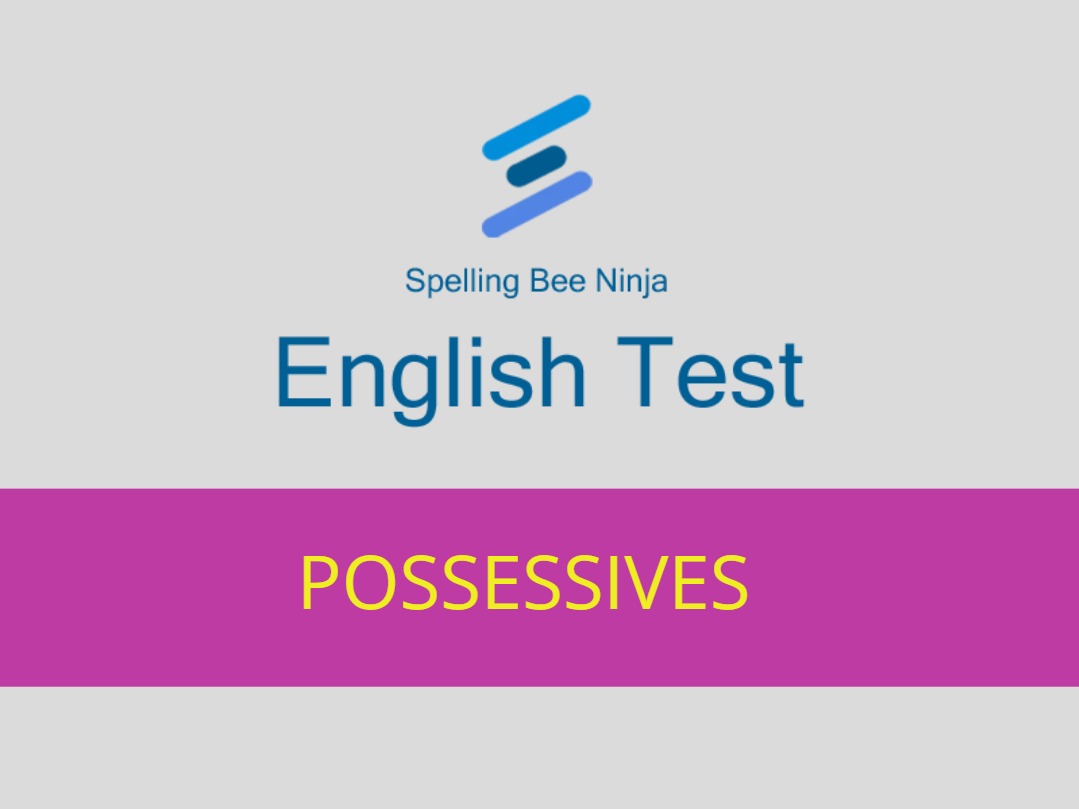Introduction to the Possessives Quiz
Understanding possessives is a crucial step toward mastering English grammar. Possessives show ownership or relationships between things and people. They are essential for expressing ideas clearly and naturally in conversation and writing. Whether you are writing a simple sentence like “This is John’s book” or constructing a more complex idea such as “The teachers’ lounge is on the third floor,” using possessives correctly ensures that your message is clear and precise.
In English, there are three main ways we express possession:
– Using ‘s (apostrophe + s) for most singular nouns and some plural nouns.
– Using s’ (apostrophe after the s) for most plural nouns that already end in “s.”
– Using possessive pronouns like my, your, his, her, its, our, and their which stand alone without apostrophes.
Each of these methods has its own rules and nuances. Knowing when to use John’s versus the teachers’ or my book versus his idea can sometimes be confusing for learners, especially because mistakes can easily change the meaning of a sentence.
The quiz below has been designed to help you verify your understanding of possessives. It focuses on the correct use of apostrophes with nouns, as well as the correct usage of possessive pronouns. Each question presents several options, but only one is correct. By carefully thinking through each question, you can assess your ability to:
– Identify correct and incorrect possessive forms.
– Choose the appropriate possessive pronoun.
– Differentiate between possessives and plurals (a very common confusion).
– Understand subtle grammar patterns related to ownership and association.
After answering each question, you’ll also find an explanation of why the correct answer is right. These explanations will reinforce key grammar rules and help you avoid common mistakes in the future.
The goal is not just to test your memory but to deepen your understanding. Think carefully before you choose an answer—try to recall the rule it relates to. If you find a particular question difficult, that’s a sign you should review that topic again to strengthen your skills.
Ready to test yourself? Let’s begin!
- 🎓 English Test – Parts of Speech
- 🎓 English Test – The Future Perfect Continuous Tense in English
- 🎓 English Test – Pronouns in English
- 🎓 English Test – Sentence Structure
- 🎓 English Test – Future Perfect Tense
- 🎓 English Test – Future Continuous Tense
- 🎓 English Test – Future Simple Tense
- 🎓 English Test – Past Perfect Continuous Tense
- 🎓 English Test – Past Perfect Tense
- 🎓 English Test – Past Continuous Tense
- 🎓 English Test – Present Simple Tense
- 🎓 English Test – Past Simple Tense
- 🎓 English Test – Present Perfect Continuous Tense
- 🎓 English Test – Present Perfect Tense
- 🎓 English Test – Present Continuous Tense
- 🎓 English Test – The 12 Tenses in the English Language
- 🎓 English Test – Modal Verbs
- 🎓 English Test – Could, should and ought
- 🎓 English Test – Will vs Shall
- 🎓 English Test – What vs Which
- 🎓 English Test – Suffixes
- 🎓 English Test – Prefixes
- 🎓 English Test – Pronunciation
- 🎓 English Test – Misspelled Words
- 🎓 English Test – Writing an Essay
- 🎓 English Test – Writing an Email
- 🎓 English Test – Idiomatic Expressions
- 🎓 English Test – Business English
- 🎓 English Test – Writing a Letter
- 🎓 English Test – Writing Numbers
- 🎓 English Test – Adjectives
- 🎓 English Test – Mastering Imperatives in English
- 🎓 English Test – Cultural Awareness
- 🎓 English Test – Homophones
- 🎓 English Test – Difficult Words
- 🎓 English Test – Conditionals
- 🎓 English Test – Types of Phrases
- 🎓 English Test – Comparative and Superlative Adjectives
- 🎓 English Test – Types of Adverbs
- 🎓 English Test – Formal vs. Informal Language
- 🎓 English Test – Direct and Indirect Speech
- 🎓 English Test – Understanding Common Sentence Errors
- 🎓 English Test – Question Formation in English
- 🎓 English Test – Gerunds and Infinitives
- 🎓 English Test – Clauses
- 🎓 English Test – Possessives
- 🎓 English Test – Noun Types
- 🎓 English Test – Conjunction Words
- 🎓 English Test – Tricky Words
- 🎓 English Test – Prepositions
- 🎓 English Test – Adverbs
- 🎓 English Test – Active and Passive Voice
- 🎓 English Test – How to use Punctuation
- 🎓 English Test – An overview of English tenses
- 🎓 English Test – How to use Articles in English


